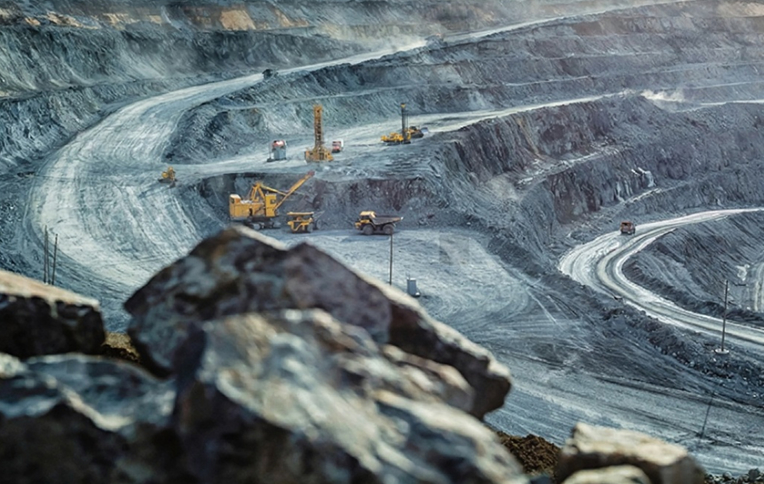Choosing the Best Drilling Method for Your Mining or Geotechnical Operation
In mining, exploration, and geotechnical work, choosing the right drilling method can be the difference between project success and expensive delays.
Two of the most common drilling techniques are Core Drilling and Rotary Drilling. But how do you know which one is best for your site in Guinea, West Africa, or beyond?
In this guide, we compare Core Drilling vs. Rotary Drilling—their applications, advantages, and ideal use cases—so you can make an informed decision.
🔍 What Is Core Drilling?
Core drilling is a precision drilling method used to extract a solid cylinder of rock (core sample) from the earth.
✅ Core Drilling Is Ideal For:
- Mineral exploration
- Geological studies
- Structural integrity testing
- Detailed sampling at depth
📌 Key Features:
- Extracts intact rock cores
- Allows stratigraphic logging
- Drilling is slower, but provides more detailed data
🧪 Used when you need to know exactly what’s underground.
🔄 What Is Rotary Drilling?
Rotary drilling uses a rotating drill bit to crush and remove soil and rock. It does not extract a solid core, but instead brings up cuttings.
✅ Rotary Drilling Is Ideal For:
- Water boreholes
- Oil & gas drilling
- Fast overburden penetration
- Large-scale mining operations
📌 Key Features:
- Much faster than core drilling
- Efficient for bulk drilling
- Lower cost per meter in many cases
⚙️ Used when speed and cost-efficiency matter more than detailed sampling.
🆚 Core Drilling vs. Rotary Drilling: Quick Comparison
| Feature | Core Drilling | Rotary Drilling |
| Purpose | Sample recovery, exploration | Bulk drilling, faster penetration |
| Speed | Slower | Faster |
| Sample Quality | High (intact cores) | Low (loose cuttings) |
| Cost per Meter | Higher | Lower |
| Drilling Depth | Medium to deep | Deep (especially oil/gas) |
| Equipment Size | Compact to medium rigs | Often large, truck-mounted rigs |
| Best For | Mining exploration, lab analysis | Water wells, production drilling |
⚒ Which One Should You Choose?
💡 Choose Core Drilling If:
- You need accurate geological information
- You’re in the exploration phase of a mining project
- The project requires sampling of hard rock formations
⚡ Choose Rotary Drilling If:
- You’re drilling water boreholes or blast holes
- You need to cover more ground quickly
- The goal is penetration, not precise sampling
🧱 Common Use Cases in West Africa
| Project Type | Recommended Method |
| Gold or bauxite exploration | Core Drilling |
| Water borehole for community | Rotary Drilling |
| Geological survey for dam construction | Core Drilling |
| Blast hole drilling in mining pit | Rotary Drilling |
| Oil & gas exploration | Rotary Drilling |
👷♂️ Expert Advice: Combine Both Methods
In many cases, both methods are used together:
- Rotary drilling for quick overburden removal
- Core drilling for precise geological zones
🔁 Hybrid drilling strategies improve efficiency without compromising data.

